When we push the heavy door of the millennial church of Sant’Andrea in Torre a Cenaia we are struck by a strange relief that is repeated several times in both door leaves.
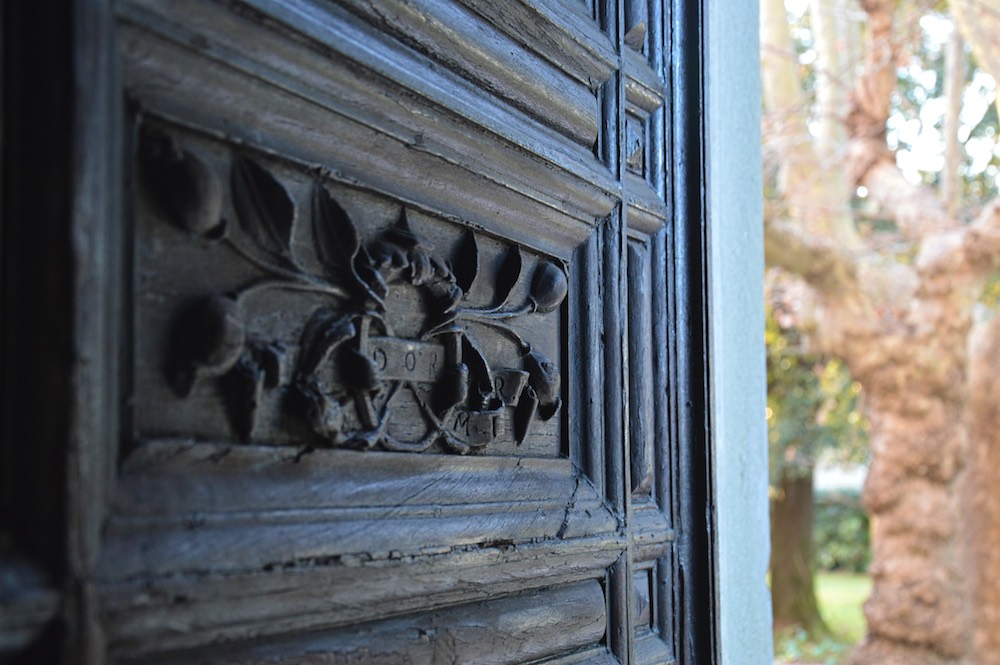
Many small bouquets of poppies enclosed by a ring, overcome a cartouche with the words “For not sleeping.” What a strange thing for a church. It looks like a encrypted key, a reference to some kind of affair: what do all those poppies want to tell us? Who has left this message?
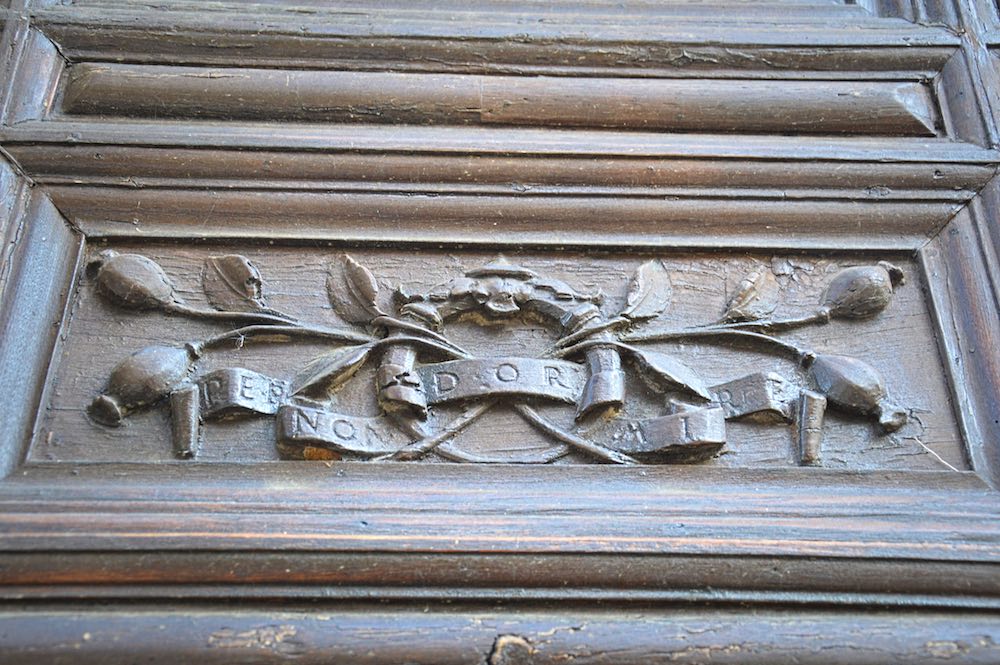
Torre a Cenaia is steeped in history; a place where there have been events and characters sometimes difficult to focus. Documented in the ancient Pisan cards already in the eleventh century, it has been witness and protagonist of a thousand years of history and still has many traces of this illustrious and rich past.
“For not sleeping” is one of the most famous legacies that our past has given us. Who has the keen eye will have noticed it in Florence on the facade of important buildings, or on school books, among the pages of literature that tell of a famous Italian poet, daring and – also – a bit ‘weird.
This is the motto of the noble Florentine family, originally from Siena, the Bartolini Salimbeni, who owned the estate starting probably from the sixteenth century until the eighteenth century, when they gave away the land and the ancient village of Cenaja to other noble families, including counts Valery of Corsica and the Pitti.
The allusion is to their shrewdness in business and to their feat which- so it is said – let them become extraordinarily rich and one of the most influential families in the Italy of the late Renaissance.
It is said that one of its members, heard about the arrival in Florence of a precious wool consignment coming from Northern Europe and decided to take it with a fraudulent ploy.
The previous evening he offered a sumptuous dinner to his bussiness competitors, in which, without being seen, he mixed the wine with one of the most powerful sleeping pills that you could find at that time, the opium, extracted from the poppy. The next morning, when everyone was still asleep stunned by the narcotic effect of opium, the Bartolini Salimbeni bought at a favorable price the entire load and resold it on the Florentine market, getting a huge gain, and thus building solid foundations for the fortune of family.
“For not sleeping” because the wealth of the family would derive from not having slept in contrast to all other competitors in the business – in spite of themselves! The poppies would allude to the narcotic that made possible the economic rise of the family.
The motto is also engraved on the famous Palazzo Bartolini Salimbeni in Florence, in Piazza Santa Trinita at the end of Via Tornabuoni
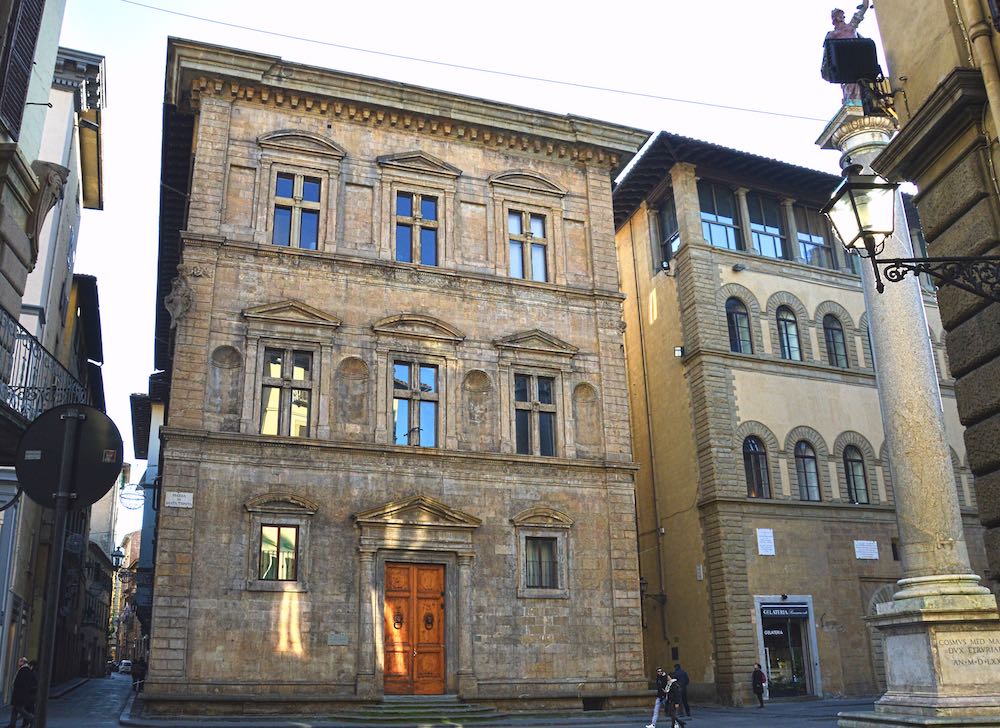
The anecdote, which soon became legendary, is to be believed, however unrealistic. The consequences of such a “trick” would not in fact allowed the Bartolini Salimbeni to get away with the unfairly mocked competitors because they would have tried to revenge immediately!
A Florentin academic of the eighteenth century, Friar Ildefonso of San Luigi, gives us a more plausible version of the facts in the book XXIII of its “Delizie degli eruditi toscani”. Telling the story of the famous Florentine family from Siena, about the anecdote in question, he tells us that:
the enterprise of the Salimbeni family, which are three flowering poppies tied together in a bouquet, with the motto for not sleeping, was assumed by the Salimbeni family since the year 1338 when Benuccio Giovanni Salimbeni understood that a wealthy merchant of Sorìa (Spain) came to Portercole, to load the most precious goods, especially silk and he went there so rapidly sacrificing sleep and rest to buy “drapes and works made of drapery” for one hundred thirty thousand florins. He returned to Chiasso Renaldini (name of a street) which now is called Chiasso Largo and opened many traffics, introducing in Siena the art of silk.
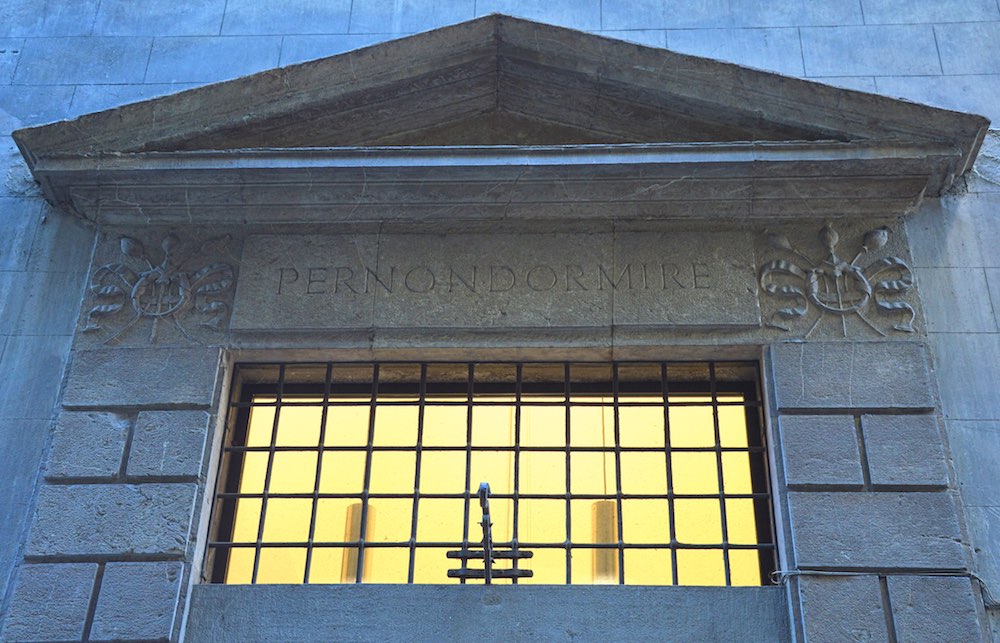
The motto, therefore, concludes Brother Ildefonso, allude “to the solicitude of Benuccio in preventing and buying from the foreign merchant, with unspeakable benefit of the whole province of Siena. In fact, he gave up a night’s sleep to do a roaring trade. So, the poppies are the symbol of a curbed sleep and the motto “for not sleeping” means abnegation and dedication to the work and business to build your economic success.
Torre a Cenaia holds other traces of the noble Florentine family, first of all the coat of arms with the lion rampant which is proudly displayed on the sides of the altar of Sant’Andrea church and on the keystone at the entrance of Torre a Cenaia.
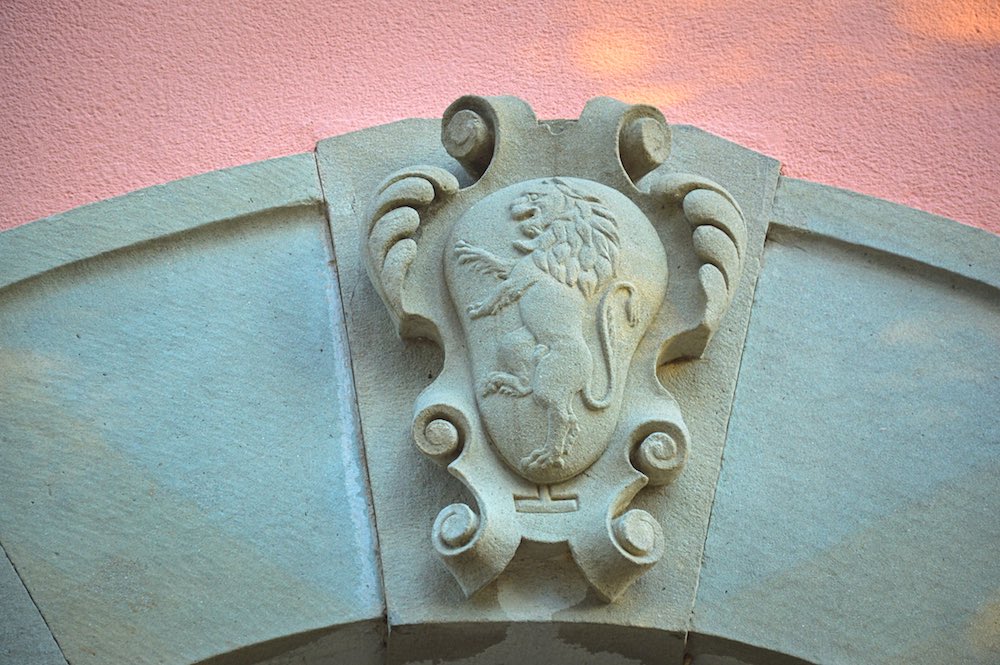
Emblem reminiscent of the most famous banner on the corner of the Florentine Palace, a splendid example of late Renaissance architecture which already shows some Mannerist elements, in Piazza Santa Trinita. Futuristic construction strongly criticized by the Florentines of the time, but soon became an example to follow, offering many suggestions to architects of the following centuries.
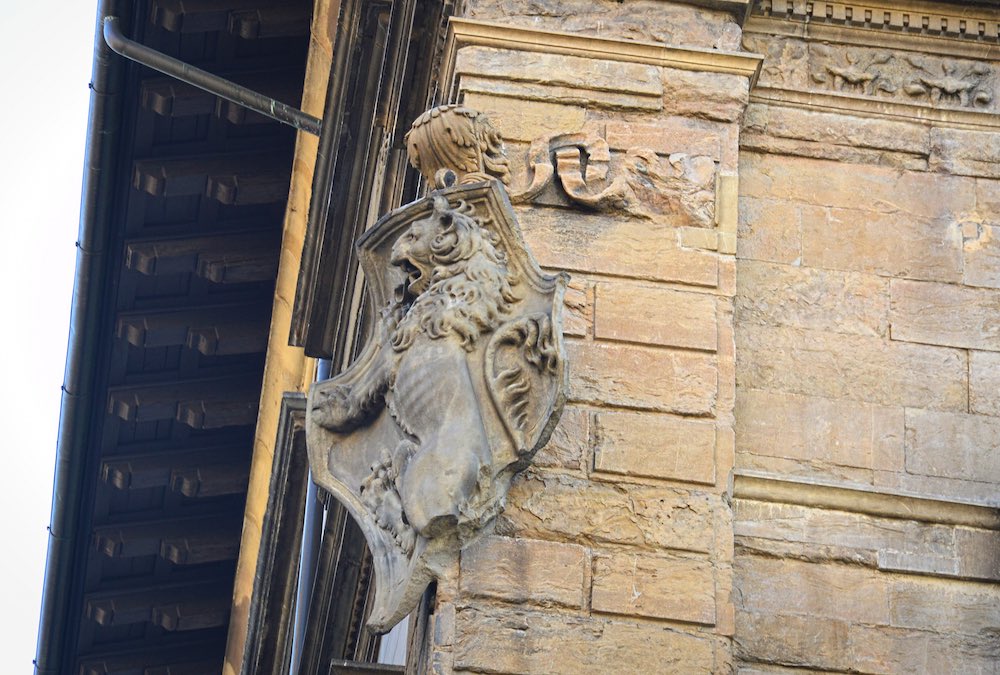
The charm of the motto “For not sleeping” captured also one of the major historical and artistic Italian personalities in the nineteenth and twentieth centuries. The poet Gabriele D’Annunzio just reinterpreted it: he papered his residence in Florence covering architraves, friezes, thresholds and windows, even objects and ornaments. He made of this motto his own flag to symbolize the creative insomnia that marked his most prolific period.
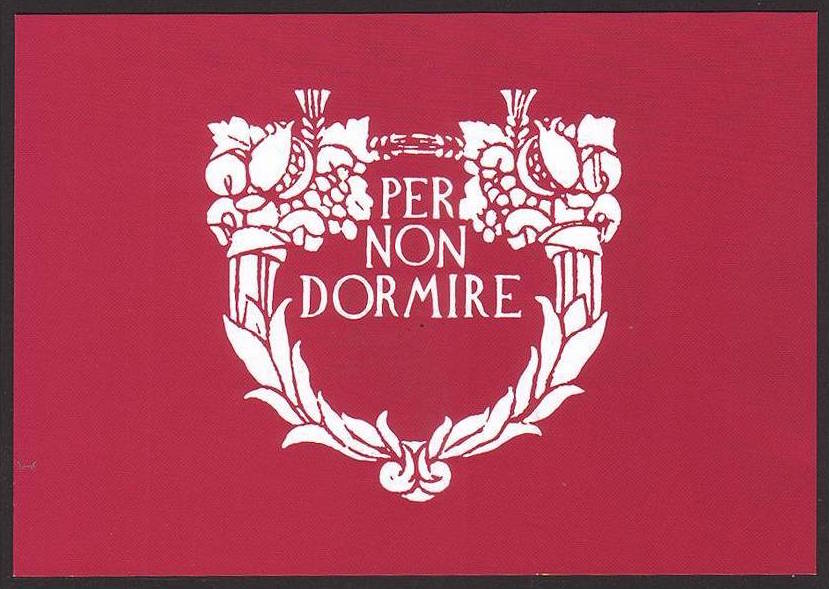
Amongst churches and ancient villas, poppies and lions, Florentine noble houses and legendary economic fortunes, one thing is certain. Through a bas-relief of an old door, also the story of Tower in Cenaia confirms that “Chi dorme non piglia pesci” = “Early bird catches the worm”.
Coffee for all?

